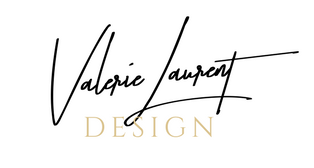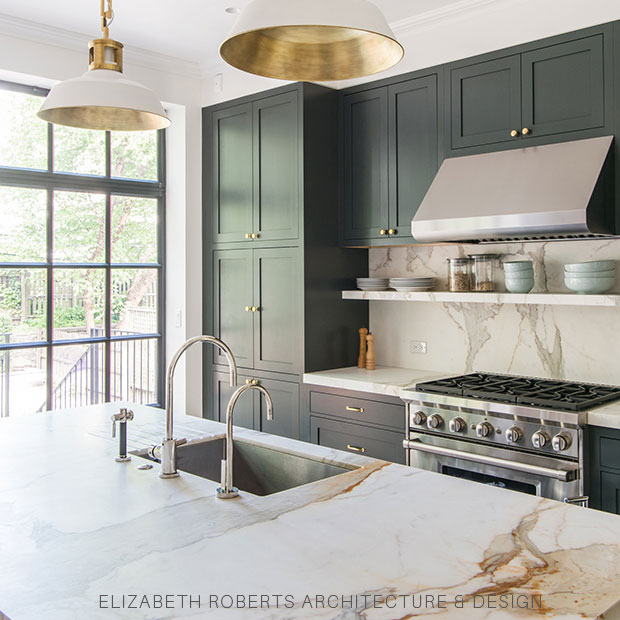It’s no surprise I love marble.
But I mean. I LOVE marble.
And you LOVE marble too. You’ve probably pinned a thousand pictures of it, in a variety of different boards. You picture kitchen countertops, fully-dressed marble bathrooms, gorgeous flooring (and even – ceillings (please someone pinch me) and the most popular and accessible choice of all: kitchen backsplashes)
You also probably have heard the rumors about this product. It has been told that it would be porous, easily stainable, and would require lots of attention.
Because let’s be honest, there is a couple of things to take into consideration before buying an expensive material like this one. So the question is, is marble the good choice for you?
1) Marble etches
Marble is a natural stone, usually coming from the Carrarra region in Italy. You can read more about the different marbles coming from Carrarra in my article here.
Since it’s a natural material, its beauty relies on its looks, and it’s ability to age.
Yes, Marble ages. Just like your hardwood floor; when it’s freshly installed, it looks perfect and clean, but throughout time, you can see wear and tear in the most high-traffic areas.
Sooner or later, marble will corrode. It will show marks, known as etching (or mistaken as water marks).
Aged wood as its charm, so why won’t marble feel the same way?
But what is etching actually?
Etching is a natural effect that happens to the stone. It is not a discoloration, nor a tearing, it is more about the stone dullling in the places where it is mostly used and where liquids are spreading.
Since marble is made of carbonate calcium, this element will react with the contact of acids, such as lemon juice, tomato sauces, vinegar etc. This also means that the area on which you are working the most might show more etches than others.
Here’s an example of what etching looks like:
In this picture, we can clearly see the etch marks. We even see the martini glass rim. It is important to know that from another angle, these marks could almost be invisible.
We are in a society in America where we are told that everything has to look brand new to be considered beautiful. We flee at the though of aging and this is not a common ideology in Europe. Europeans almost all have a stone or marble countertop in their houses. And yes, they all have signs of etching. For some people, it is defined as the beauty of the stone. It’s a material that evolves as you are.
However, if etching terrifies you, don’t worry: you can always use products to repair etches such as this one: MB Stone Care. In the case of deep or rough etch marks, you will require a professional service to restore the marble (however, it might be expensive.)
How to prevent etching:

2) Stains
Now, stains and etches are 2 totally different things. A stain is something that is absorbed by the marble; an etch is a chemical reaction that is often mistaken as a ”water stain”. Sealing marble won’t prevent etching! But it will prevent the stone from absorbing substances – and this, is important.
It is strongly recommended to use a sealer on your marble. In my case, I always tell my clients to do it right after the installation (and schedule it on every 3-4 months). No excuse!
You would want to use it if your marble is in a very busy space, such as the kitchen (countertops and backsplash) and on the floors.

A sealer will prevent food or beauty products to be absorbed by the stone. However, a sealer is not invincible – a product that stays on the surface for a whole day may be absorbed by the stone, even if you sealed it. You need to have a rigorous cleaning routine!
3) Cleaning
So, in final?

What is best is that you know your own limits, and if you can live with the care marble requires.



